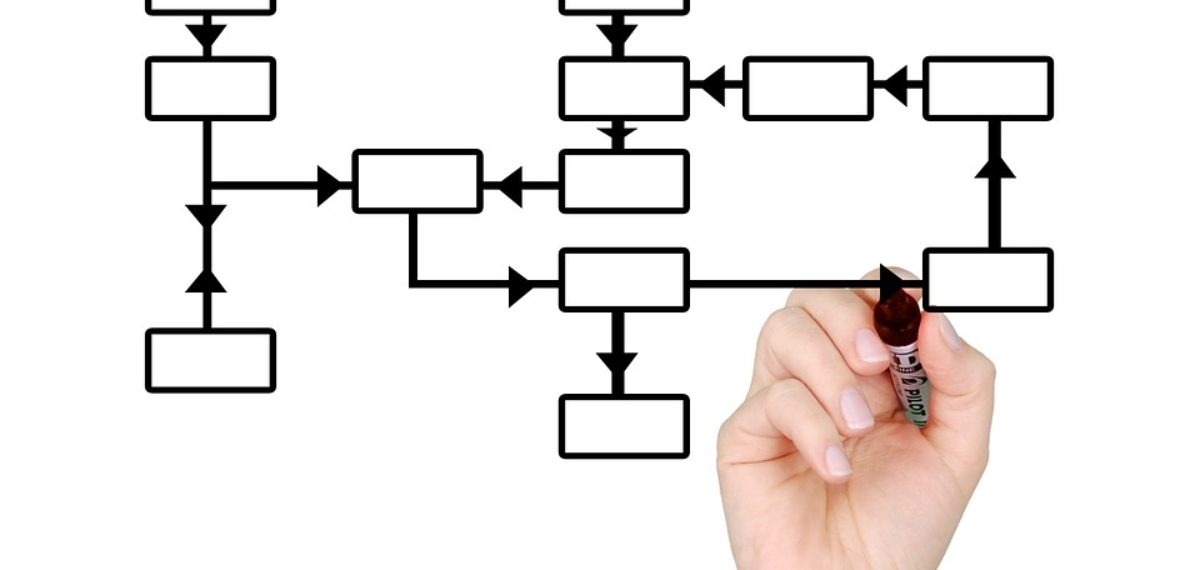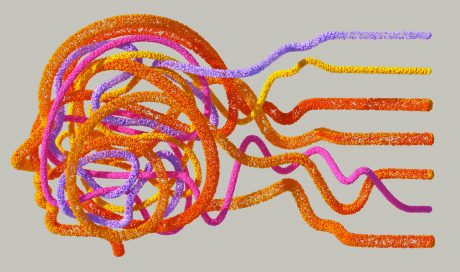The Recruitment Process
It is important to consider your organisations succession planning and career development strategy to make sure you recruit the most appropriate candidate into your organisation.
By defining your organisations aims you’ll identify current and future vacancies. Once you have a workforce plan in place, it will not only help you recruit and grow your teams, it will be really useful in planning for staff development, training and helping to create new employees induction programmes. Spending time planning will help you to identify areas where new roles need to be filled as well as areas where people within your team may need additional training and development to ensure you have an appropriately skilled workforce.
Strategies change of course and as staff leave and as new strategies are implemented your workforce plan will also need to be revised!
So – you need to recruit someone new to join your team – where do you start?
Analysis – What Do You Actually Need?
Job analysis is a structured way of looking at and recording the key tasks of a job holder working in a particular role, what value and contribution that role makes to the organisation as well as how the results of the job holder are measured.
When an employee decides to leave your business and a new vacancy arises it is important to review things. Does the role need to change to fit in with current business needs or is it achieving the outcomes and results you require?
Write a Job Description and Person Specification
Analysing the job will give you the information you need to create a job description and person specification which are useful recruitment tools. Not only will they help you write an effective job advert; one that attracts the candidates with the right skills and experience – they will help the interviewer understand the vacancy, ask the right questions at interview and provide you will a record of the different roles within the organisation. These 2 documents will also assist you with creating and implementing training and development plans.
Your person specification will list the type of person you need to fulfil the demands of the job, the characteristics and attributes in “human terms” considered essential or desirable in the ideal candidate.
Interviewing
Pre-Selection involves analysing the applications and information you’ve received from all applicants and making a short list of those you’d like to interview. You may have a CV, an application form, covering letter or if you are using a Recruitment Agency, a supporting profile to assist you.
There are many methods of assessing applicants: interviewing is the tool most commonly used.
You’ll need to prepare for any face to face interview and think about the questioning styles you are going to use. You may also want to consider more objective measuring systems such as testing.
Making A Job Offer
The most crucial part of the recruitment process is making a selection decision; which should be straight forward, as long as all previous stages have been carried out effectively!
If you have carried out a well-structured interview and compared the candidate against your job description and person specification, you should have all the information you need to make the right choice. If you can, make a decision as soon as possible after the final interview stage. Many employers have lost the best candidate due to a long time lapse before making a decision. It’s important you make time for each of these stages within the process to ensure it is structured, efficient and ultimately successful.



